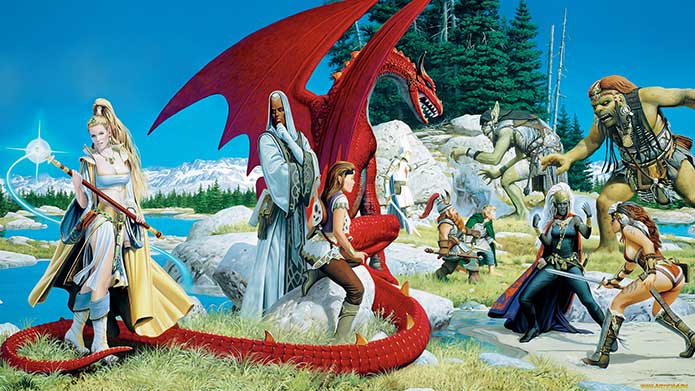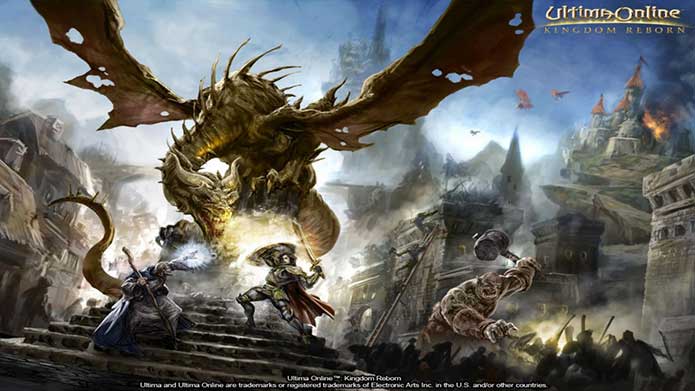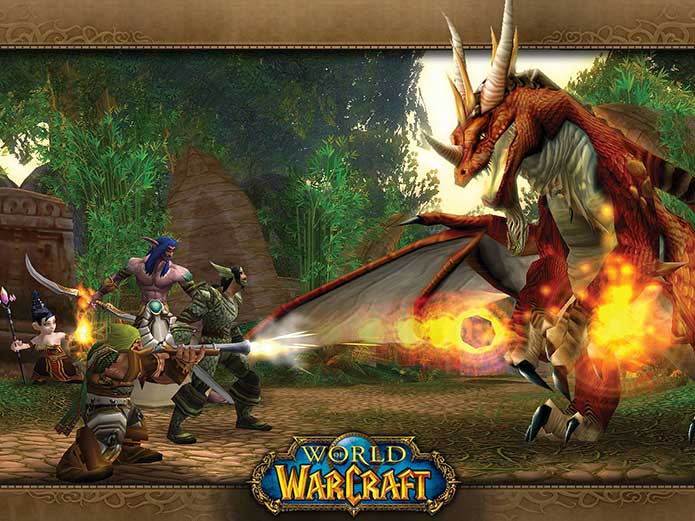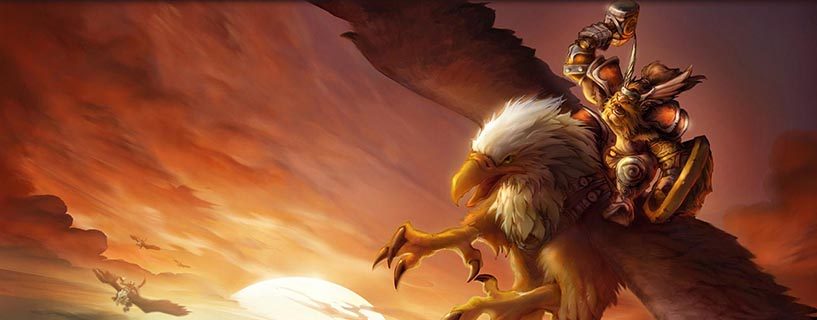Online gaming in 2023 is home to a diverse array of unique gaming experiences. Today, more people than ever play games online, with multiplayer console titles like those belonging to the Call of Duty series introducing a generation to the thrill of the “MMO” (massive multiplayer online) experience. The thousands of slots titles gaming aficionados that utilize bonus offers, such as those provided by comparison platform oddschecker, to play each day also fall under this moniker, as do the many so-called “live-service” games that require connectivity to play, even if they do not deliver a traditional online multiplayer experience.
Unsurprisingly, the role of the internet in the way we play and consume games has impacted the way we think about them and the way they are designed, opening the way for massive multiplayer experiences.
Adoption of Online Play

Everquest
But what were the origins of this trend? It’s easy to point to the arrival of Xbox Live in 2002 as a watershed moment — and in truth it was — for this was the first major implementation of online play on a home game console. But it wasn’t until the 7th generation of console rolled around that the online gaming trend would begin to gather steam.
A more accurate origin point for modern MMOs is the release of Blizzard’s World of Warcraft in 2002. WoW was not the first MMORPG, not even by a long shot. Popular titles such as Ultima Online, Everquest and even Runescape did much to lay the groundwork for what was to come.
What WoW offered that these couldn’t, however, was an existing and well developed body of lore from the mainline Warcraft RTS series—in effect, a rich and meaningful world—coupled with excellent controls, graphics and low latency.
Record Breaking Player-counts
 At its peak, Ultima had 250,000 subscribers. In its heyday, WoW was home to 12 million—equivalent to the total population of Belgium. World of Warcraft became a genuine cultural phenomenon, and one that introduced the world to the notion of the MMORPG.
At its peak, Ultima had 250,000 subscribers. In its heyday, WoW was home to 12 million—equivalent to the total population of Belgium. World of Warcraft became a genuine cultural phenomenon, and one that introduced the world to the notion of the MMORPG.
Even today, some 20 years after its release, WoW remains the most popular MMORPG by player numbers. Its cultural influence spawned expansion packs, merchandise and movie deals. It even achieved the dubious honor of being parodied in a South Park episode.
WoW Classic
 In 2019, Blizzard launched World of Warcraft: Classic. This game, which now runs concurrently with World of Warcraft on Blizzard’s servers, offers a nostalgic experience for those who fondly remember the title’s heyday. It represents an iteration of the base game, before expansion packs after Wrath of the Lich King were added.
In 2019, Blizzard launched World of Warcraft: Classic. This game, which now runs concurrently with World of Warcraft on Blizzard’s servers, offers a nostalgic experience for those who fondly remember the title’s heyday. It represents an iteration of the base game, before expansion packs after Wrath of the Lich King were added.
What the future holds for World of Warcraft is hard to say. The rumor mill surrounding a potential sequel has been turning for close to two decades already, and at present it appears increasingly unlikely that Blizzard is inclined towards bringing such a project to fruition.
Enduring Influence
WoW’s exceptional longevity is utterly unique. When one looks back to the latter years of the 00s, each new major MMO that came along was dubbed a “WoW-killer”, yet not a single one managed to dislodge the game or draw away its player-base.
This is not to say there has been no real successor to WoW, as it changed the way we think about massive multiplayer experiences across the board. Modern titles from Fortnite to Forza Horizon all have the pioneering developments of WoW to thank for their gameplay mechanics.
Likewise, virtually every major RPG release in recent years, from Skyrim to Cyberpunk 2077 and Elden Ring, irrespective of whether they incorporate MMO elements or not, owes WoW a huge debt of influence for pushing the medium further than anyone thought possible.


 by Symphonie
by Symphonie